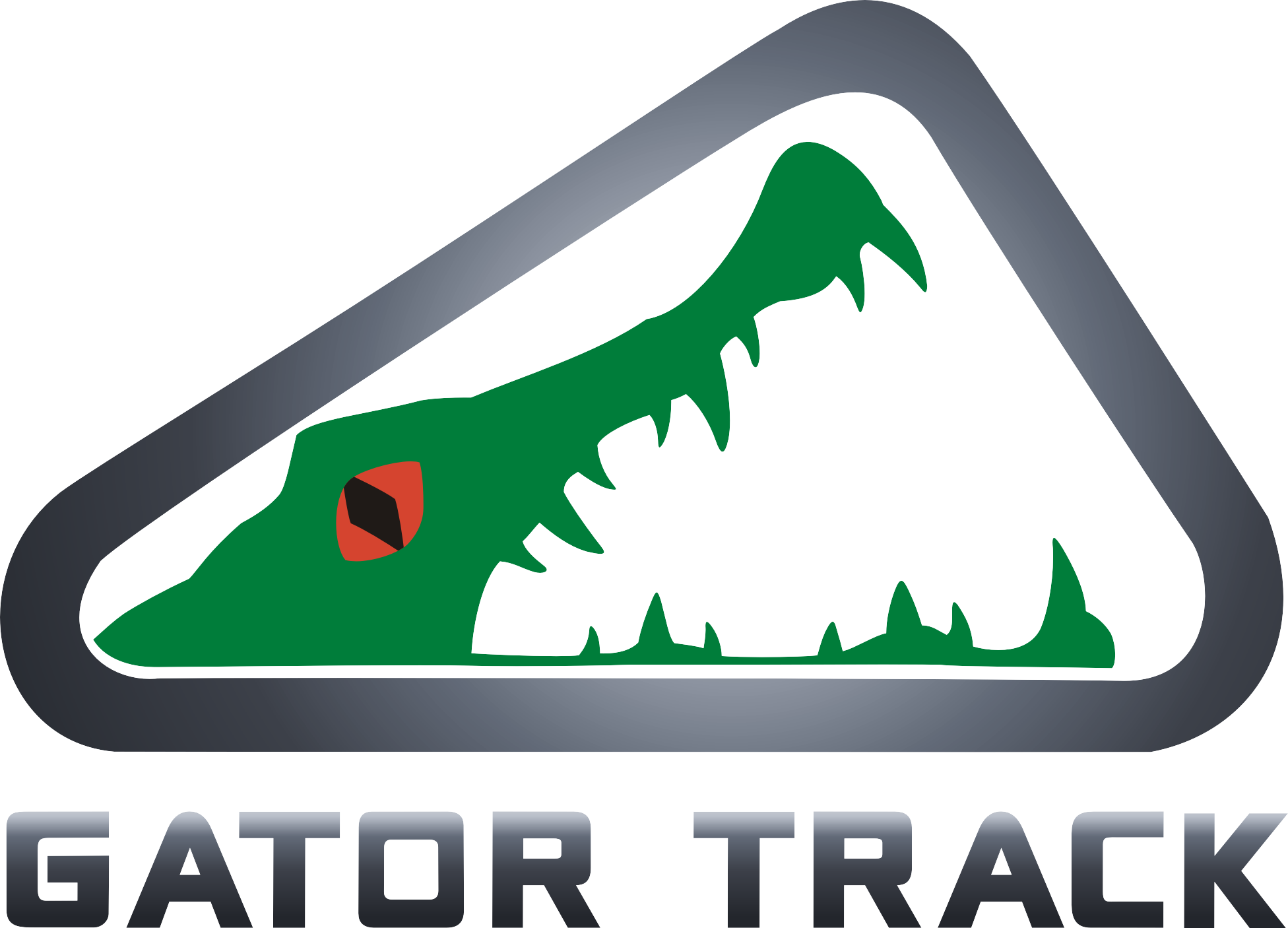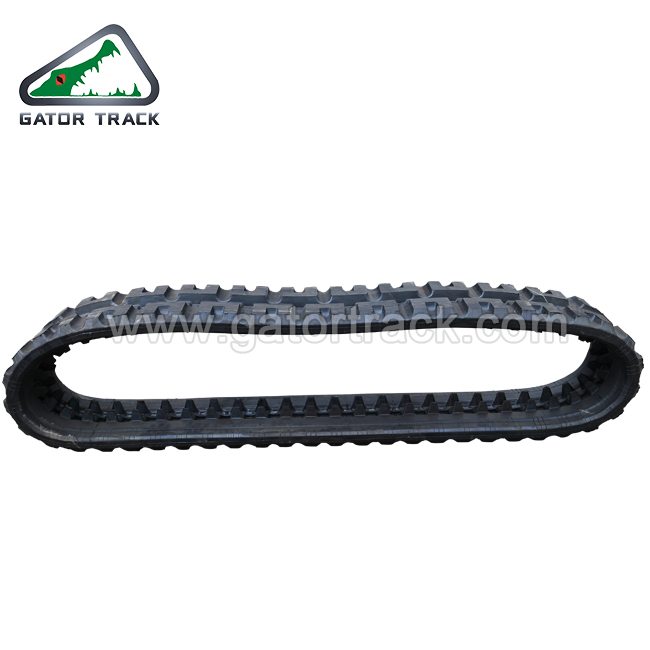Over-the-tire tracks for skid steer significantly boost the performance of your machine. They enhance traction, stability, and maneuverability, allowing your skid steer to tackle challenging terrains with ease. With these tracks for skid steer loaders, your wheeled skid loader can perform nearly 90% of the tasks that a compact track loader can handle. This versatility makes them an attractive option for various job sites. However, it’s essential to weigh the benefits against potential drawbacks to determine if they meet your specific needs.
Advantages of Tracks for Skid Steer
Improved Traction
When you equip your skid steer with tracks, you significantly enhance its traction. This improvement becomes evident on muddy or uneven terrain. The tracks distribute the machine’s weight more evenly, preventing it from sinking into soft ground. As a result, your skid steer can navigate challenging landscapes with ease. Additionally, tracks provide better grip in snowy conditions. You will find that your machine maintains stability and control, even when the ground is slippery.
Increased Stability
Tracks for skid steer also contribute to increased stability. On slopes, the risk of tipping over reduces significantly. The broader base provided by the tracks ensures that your machine remains upright, even on inclines. This stability translates to enhanced control during operation. You can maneuver your skid steer with confidence, knowing that it will respond predictably to your inputs.
Versatility
One of the standout features of tracks for skid steer is their versatility. You have the ability to switch between tires and tracks as needed. This flexibility allows you to adapt your machine to different job sites and conditions. Whether you’re working on a construction site, a farm, or a snowy landscape, tracks make your skid steer suitable for a variety of tasks. This adaptability ensures that you get the most out of your equipment, regardless of the environment.
Disadvantages of Tracks for Skid Steer
While tracks for skid steer offer numerous benefits, they also come with certain drawbacks that you should consider before making a decision.
Cost Considerations
1. Initial Purchase Price: The upfront cost of skid loader tracks can be significant. Compared to traditional wheels, tracks often require a larger initial investment. This expense might be a barrier if you’re working within a tight budget.
2. Potential for Increased Fuel Consumption: Tracks can lead to higher fuel consumption. The added weight and friction from the tracks can cause your skid steer to use more fuel than it would with wheels. This increase in fuel usage can add up over time, impacting your overall operating costs.
Maintenance Requirements
1. Regular Cleaning to Prevent Debris Buildup: Tracks require consistent maintenance to function optimally. You need to clean them regularly to prevent debris buildup. Dirt and rocks can get lodged in the tracks, leading to wear and tear. Keeping the tracks clean ensures they last longer and perform better.
2. Potential for Increased Wear and Tear: Tracks are subject to more wear and tear compared to wheels. The constant contact with rough surfaces can cause them to degrade faster. Understanding the average lifespan of skid steer loader tracks, which typically ranges between 1,200 and 1,500 hours, helps you plan for replacements effectively.
Installation Challenges
1. Time and Effort Required for Installation and Removal: Installing and removing tracks can be time-consuming. It requires effort and precision to ensure they fit correctly. This process can take away valuable time from your work schedule.
2. Need for Proper Tools and Equipment: You need specific tools and equipment to install and remove tracks. Without the right tools, the process becomes more challenging and can lead to improper installation, affecting the performance of your skid steer.
In conclusion, while skid steer rubber tracks enhance performance, they also bring about additional costs and maintenance requirements. Weighing these disadvantages against the benefits will help you make an informed decision.
Over-the-tire tracks for skid steer provide significant advantages in terms of traction, stability, and versatility. They allow your machine to perform effectively across various terrains, enhancing its overall utility. However, you must consider the associated costs, maintenance needs, and installation challenges. These factors can impact your decision-making process. Evaluate your specific needs and job site conditions carefully. Understanding the differences between skid steers and compact track loaders is crucial. This knowledge helps you determine the best fit for your tasks, ensuring efficient and cost-effective operations.
Post time: Nov-21-2024

